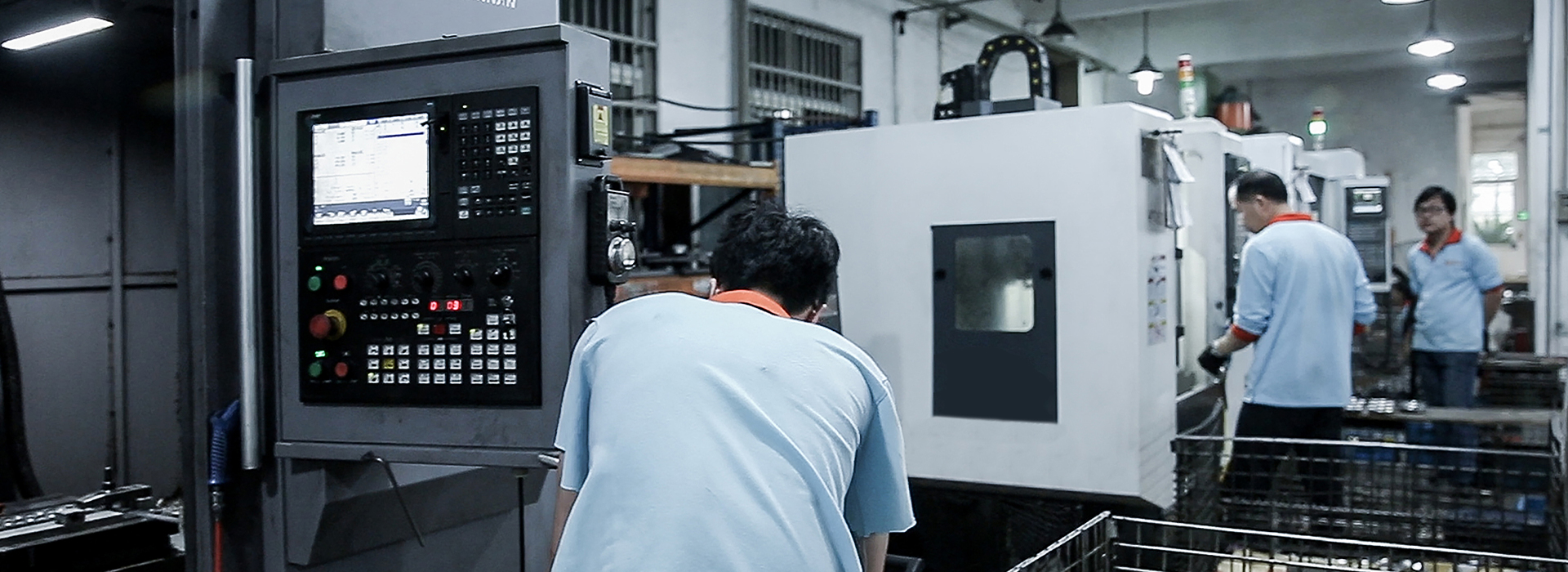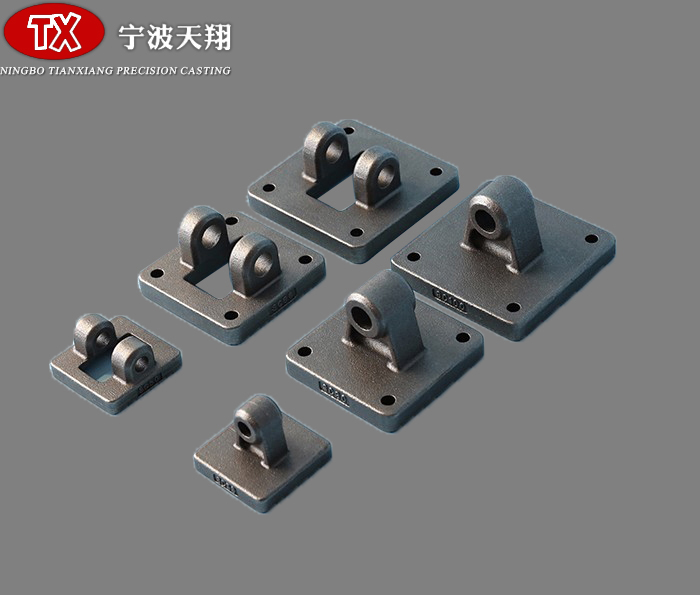
Features of investment casting:
In the railway casting factory, the dimensional accuracy of investment casting is high, which can reach ct4-6 (ct10-13 for sand casting ct5-7 for die casting).
When pressing the melting die, the pressing die with high surface finish of the cavity is used, so the surface finish of the melting die is also relatively high. In addition, the shell is made by coating the refractory coating made of special high temperature resistant binder refractory on the investment mold, the surface finish of the cavity directly contacting with the molten metal is high. Therefore, the surface finish of investment casting is higher than that of general casting, generally ra.3.2 ~ 12.5um.
The advantage of investment casting is that due to its high dimensional accuracy surface finish, it can reduce the machining work. Only a little machining allowance can be left for the parts with high requirements, even some castings only have grinding polishing allowance, which can be used without machining. It can be seen that the investment casting method can save a lot of machine equipment working hours, greatly save metal raw materials.
Another advantage of investment casting method is that it can cast complex castings of various alloys, especially high-temperature alloy castings. For example, the streamlined profile cooling inner cavity of the blade of jet engine can hardly be formed by machining technology. Using investment casting technology to produce can only achieve batch production, ensure the consistency of castings, but also avoid the stress concentration of residual knife marks after machining.
The disadvantages of investment casting are complicated process, long production cycle, higher cost of raw auxiliary materials than sand casting, higher production cost, castings should be too large too long, generally limited to less than 25kg
